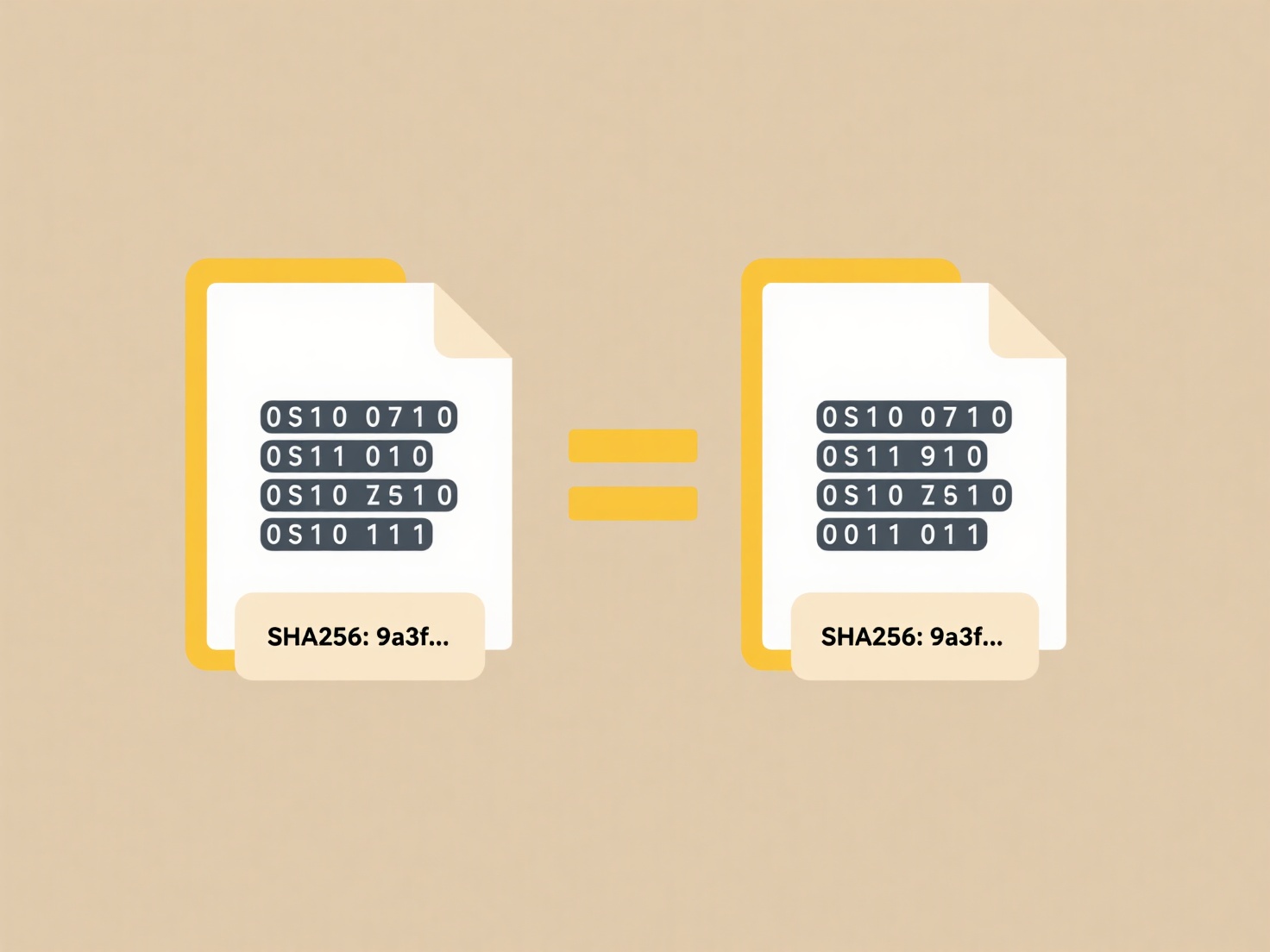
Organizing Google Drive effectively means systematically structuring files and folders to make locating information quick and maintaining a manageable digital workspace. Unlike simply storing items, effective organization employs strategies like logical folder hierarchies, consistent naming conventions, and color-coding. This approach minimizes clutter and search time, differing significantly from haphazard saving where files often become buried or duplicated.

A key practice is creating a main folder structure reflecting core work areas or projects, then using descriptive subfolders. For example, a marketing team might have top-level folders like "Campaigns," "Brand Assets," and "Reports," with dated subfolders within "Campaigns." Utilizing meaningful file names (e.g., "2023-Q4_Sales_Report_v2") rather than defaults further aids identification. Labels or stars can flag high-priority items.
A well-organized Drive significantly boosts efficiency and collaboration, ensuring team members easily find the latest files and reducing file loss risks. Limitations include managing complex shared folders and potential inconsistencies in naming unless standards are established. The future involves leveraging Drive's AI search more heavily, but robust organization remains essential for scaling storage use sustainably and ensuring critical data remains accessible without frustration.
How do I organize Google Drive effectively?
Organizing Google Drive effectively means systematically structuring files and folders to make locating information quick and maintaining a manageable digital workspace. Unlike simply storing items, effective organization employs strategies like logical folder hierarchies, consistent naming conventions, and color-coding. This approach minimizes clutter and search time, differing significantly from haphazard saving where files often become buried or duplicated.

A key practice is creating a main folder structure reflecting core work areas or projects, then using descriptive subfolders. For example, a marketing team might have top-level folders like "Campaigns," "Brand Assets," and "Reports," with dated subfolders within "Campaigns." Utilizing meaningful file names (e.g., "2023-Q4_Sales_Report_v2") rather than defaults further aids identification. Labels or stars can flag high-priority items.
A well-organized Drive significantly boosts efficiency and collaboration, ensuring team members easily find the latest files and reducing file loss risks. Limitations include managing complex shared folders and potential inconsistencies in naming unless standards are established. The future involves leveraging Drive's AI search more heavily, but robust organization remains essential for scaling storage use sustainably and ensuring critical data remains accessible without frustration.
Quick Article Links
How do I manage seasonal file organization?
Seasonal file organization manages recurring files linked to specific times of year, such as quarterly reports, holiday ...
How do I make file names lowercase in bulk?
Bulk file renaming transforms multiple filenames at once. Changing them to lowercase involves converting all letters to ...
What file formats are supported by major browsers?
Major browsers support various file formats for seamless content rendering. At the core, image formats like JPG, PNG, GI...